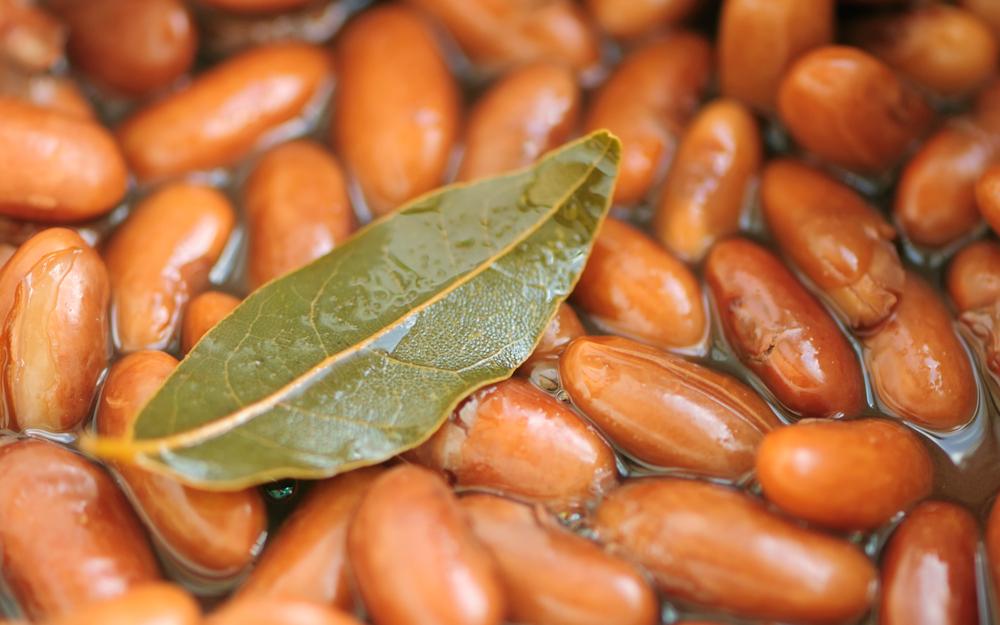That single leathery leaf you occasionally find in your soup, it’s called bay.
Bay leaf has a unique and complex taste—hints of clove, pepper, and eucalyptus with a pleasant woody bitterness. It is not poisonous, as many believe, just really hard to chew.






